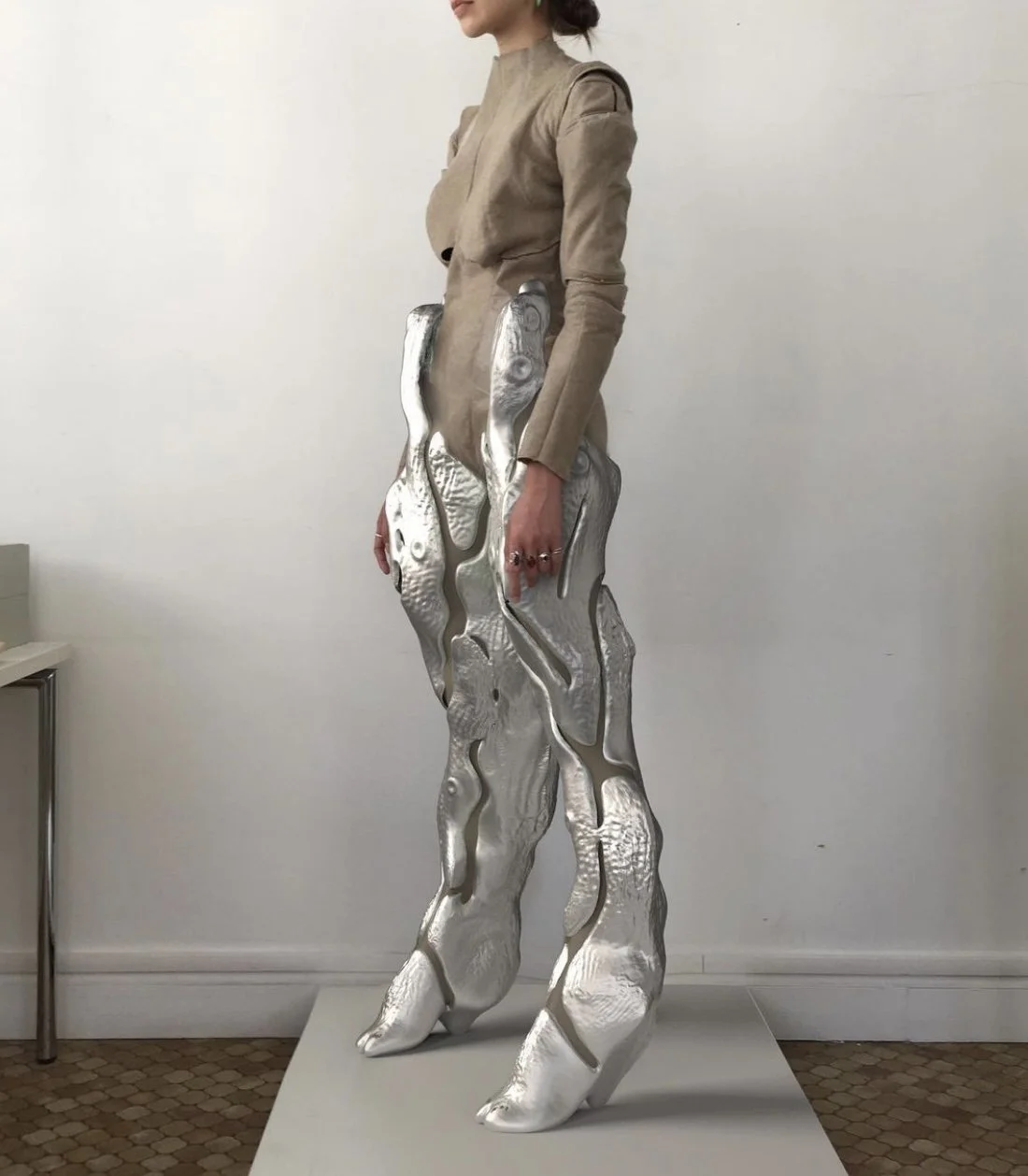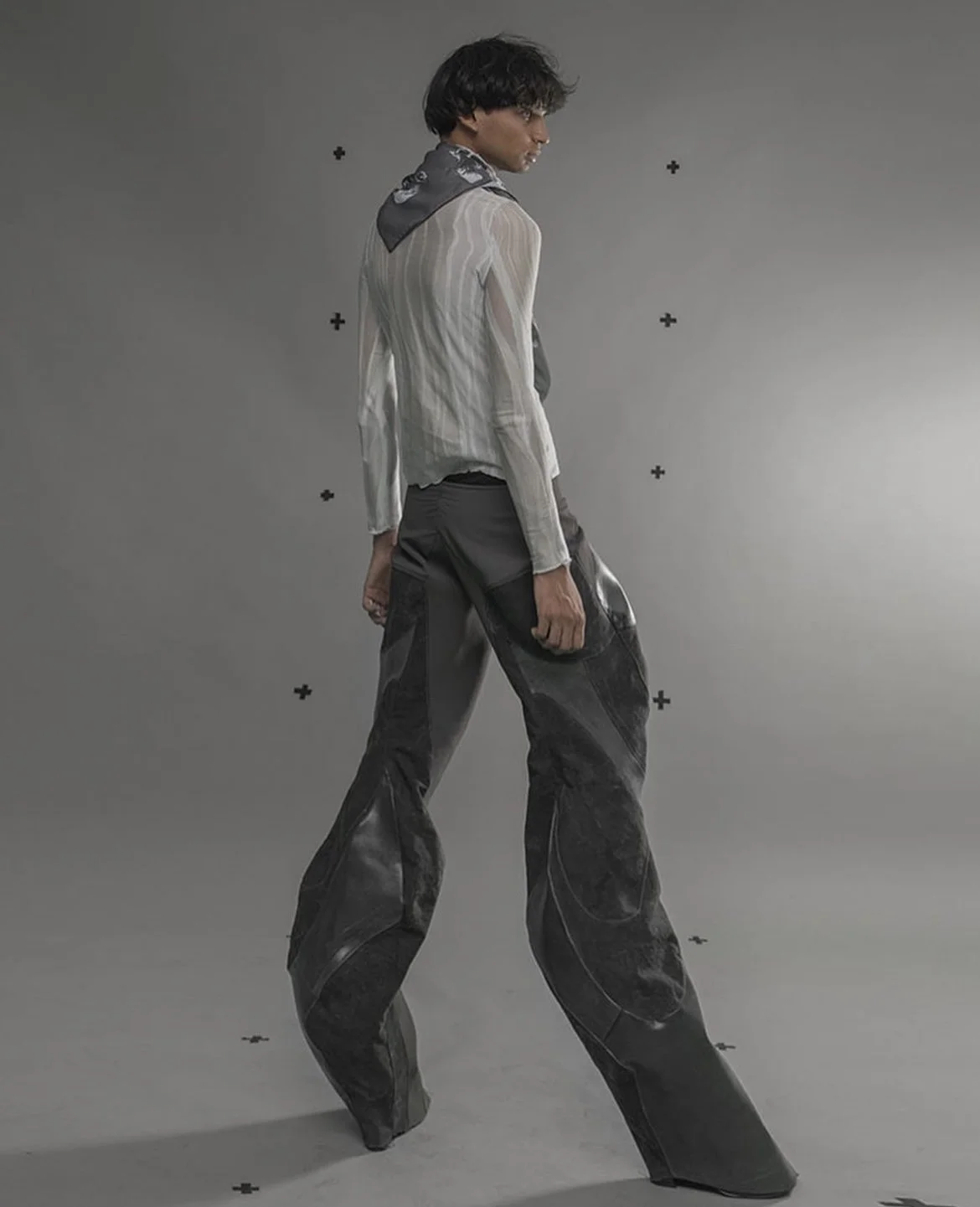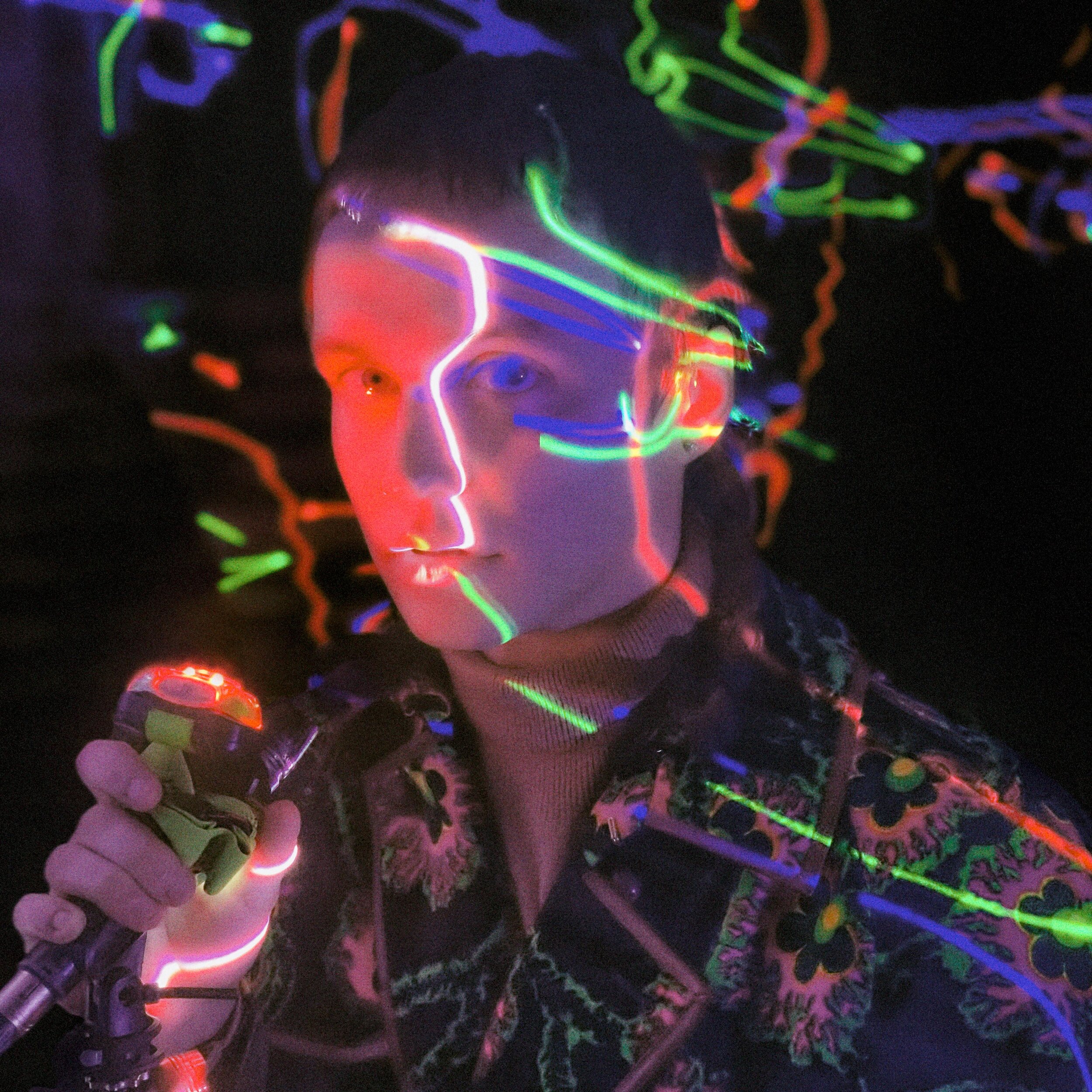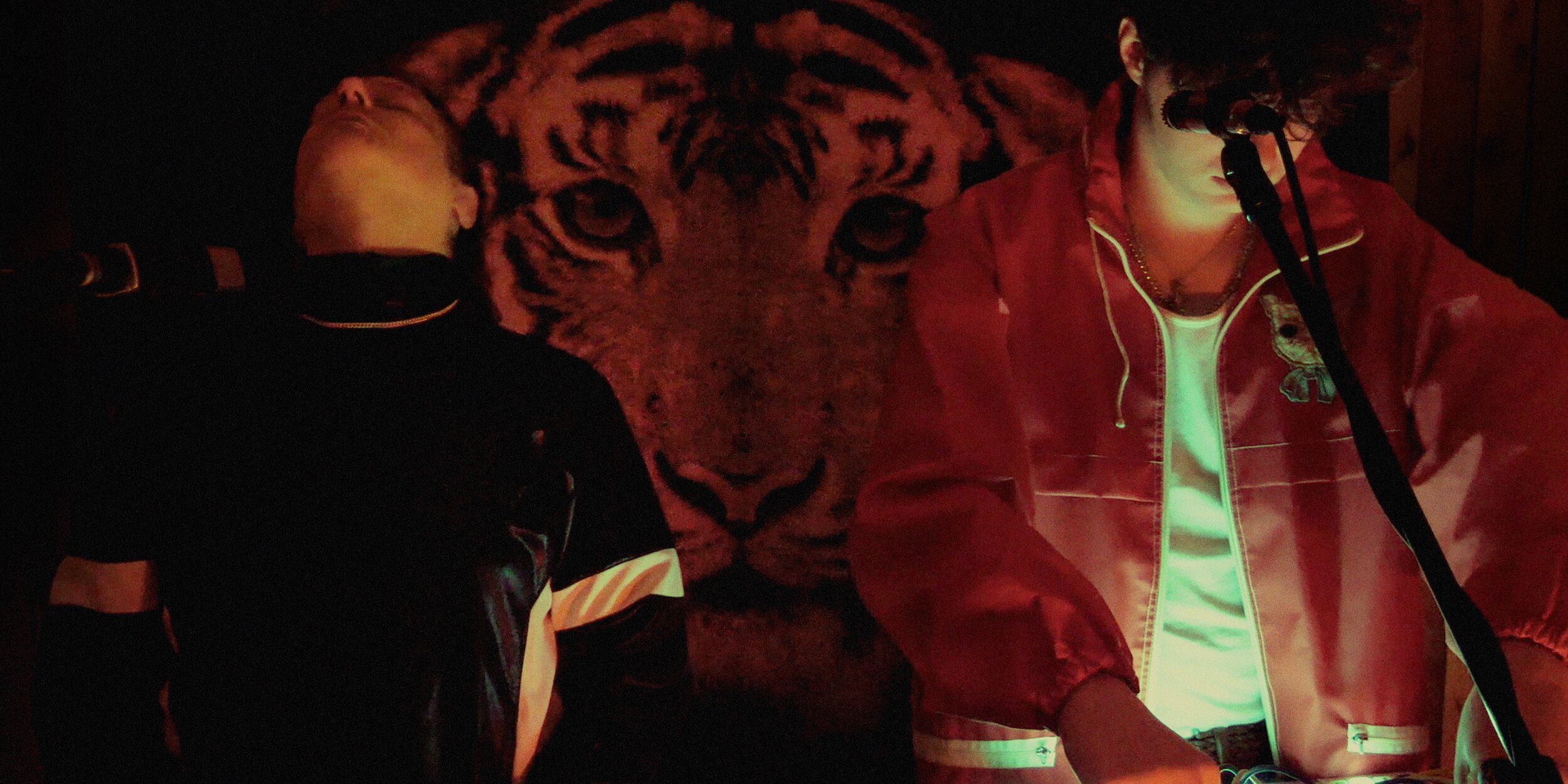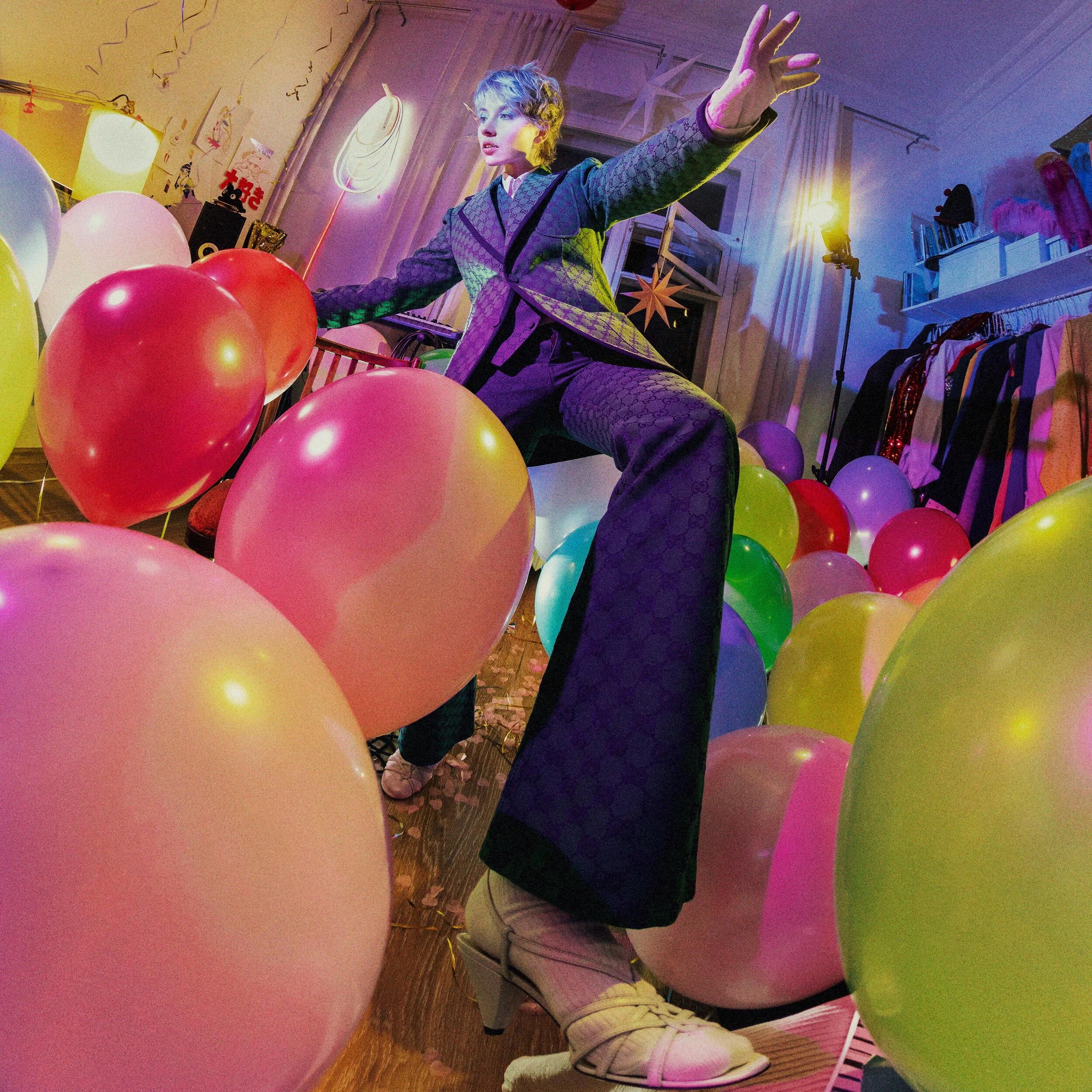Paris-based designer Victor Clavelly unlocks his mystical world of video games and 3D fashion.
Inspired by mysticality and the fantasy world of video games, Paris-based designer Victor Clavelly creates sculpted fashion garments using the 3D generated idea of deconstructed fashion. Speaking to Perfect, the designer looks back on being at fashion school and how the world of fantasy helped refine his own vision and understanding of himself.
Perfect: When were you first introduced to fashion, and what does it mean to you?
Victor Clavelly: I arrived in fashion a bit by chance, I had applied to several courses at the school duperré in Paris, I was young and I did not know at all this world and had no references. It is in my class that I surrounded myself with people extremely passionate and gifted who opened me to this universe, also I had the chance to have exceptional teachers, and all these people still accompany me today in my life and my work. Fashion became a free medium of experimentation to tell stories, universes and characters. My second collection was called “La Chambre de Sauvegarde" "the save room" and was really the story of my relationship with my work and fashion. I made the parallel with the video games which were an escape, a safe place where I could dream.
Perfect: What elements influence you and your work most?
Victor Clavelly: In my work the storytelling is very important. I love fantasy and fiction. Already at a very young age I used to draw a lot and develop all kinds of stories and universes that became role play supports. It was always necessary for me to develop the Lore to emancipate myself even more. I'm a fan of the studio Fromsoftware, which produces the video games Dark Souls, Bloodborne, Sekiro etc.. It's this kind of richness of universes and storytelling that I would like to imagine in my career.
Perfect: What does the creative process behind your work look like?
Victor Clavelly: I do a lot of 3D in my work. It allows me to give life to all the chimeras that animate the silhouettes I create as well as the universes of the collections. 3D also allows me to open my field of freedom for the conceptualisation and the creation of my clothes.
Perfect: What is most important to you when constructing a garment?
Victor Clavelly: I see my clothes as prostheses; I like when they deform, increase, deceive the body, I like to sculpt the silhouettes to make crooked characters, funny, deformed, powerful, puny. I like the idea that each of my pieces is like a spell, which would transform its wearer.
I also put a lot of importance in the finishing of the clothes, these materials, its design, my clothes are very quickly assimilated to disguises and I find that it is in the detail that I maintain them in the costumes, the couture garment.
Perfect: Which have been some of the most difficult materials and techniques you have worked with?
Victor Clavelly: The most complicated practice is leather. This year, for my next collection, I am developing leather pieces, jackets, gloves, and accessories, with a teacher from my former school, who trains me on everything there is to know about leather. I learn a lot and I will be able to develop exceptional pieces that I could never dream of doing.
Perfect: What have been some of your favourite projects to date? What is a dream to achieve next?
Victor Clavelly: One of my favourite project was my third collection "les Créatures Orphelines" "The Orphan Creatures". It was the project where I was most comfortable in my workflow and where I sculpted my dream models a lot. It was during the first confinement and it allowed me to be very focused. The collection I'm preparing promises to be more accomplished with a more developed universe and more imagery. It's going to be very fun to produce. I never get tired of doing what I do, and I would like to find a structure that allows me to continue and develop what I do. That would be my goal for the next few years.
